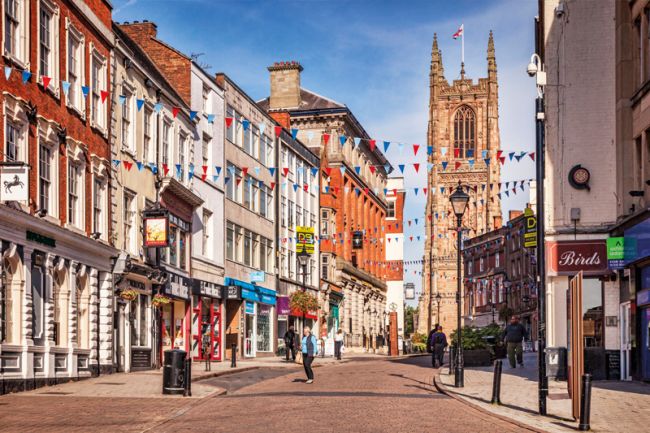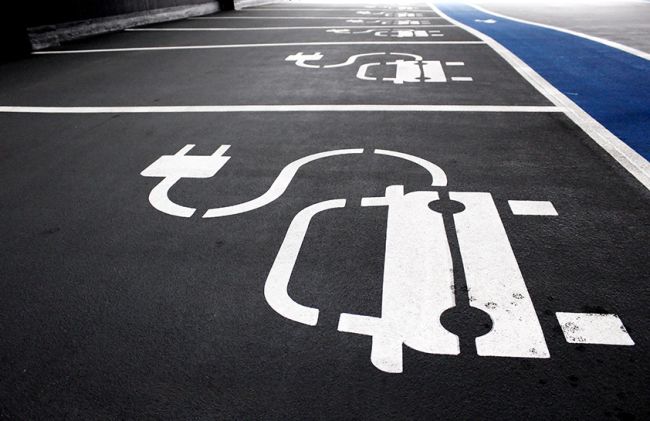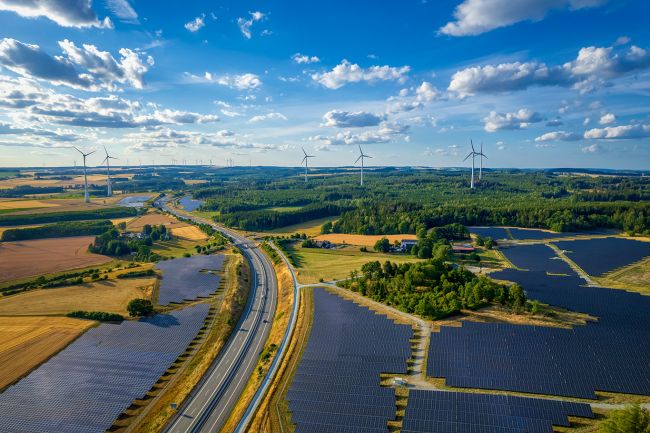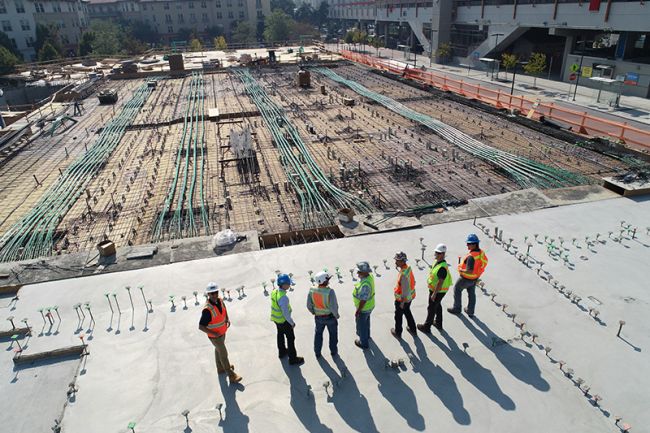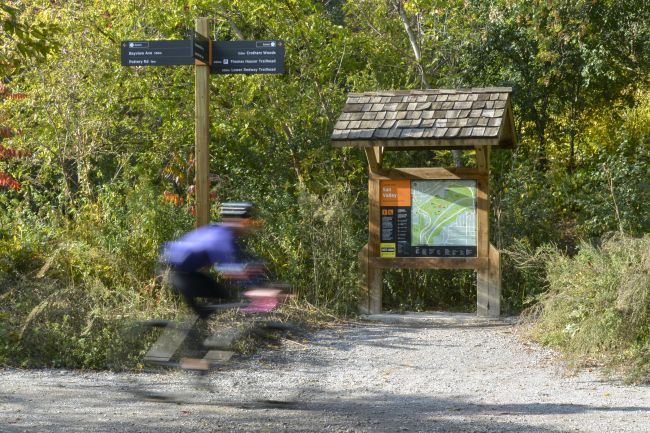The Importance of Process in Planning: the Dublin Transportation Initiative – Part 3: Legacy
Reporting in 1994, the Dublin Transportation Initiative (DTI) was a land use transport study.

Reporting in 1994, the Dublin Transportation Initiative (DTI) was a land use transport study. Its principal outputs were a long-term strategy and a short to medium term delivery plan for the Dublin city-region, as well as an on-going process for strategy review and development. Focusing on the study’s legacy, this is the third of four pieces that summarises the paper in the Power of Plans edition of the journal Built Environment, written by Pat Mangan, Jim Steer, and myself.
The Dublin Transportation Initiative (DTI) was a turning point. Its main achievements were:
- The significant change in approach advocated by DTI was generally accepted as public policy
- The plan became a process
- Institutional structures were reformed and strengthened
- The need for sustained investment was accepted and acted upon by Government.
In 1995, the Government accepted the final report of the Dublin Transportation Initiative as the basis for long term transportation planning in the Greater Dublin Area. This did not mean that it accepted every individual proposal in the document, but the broad thrust of the DTI policy switch to favouring increased travel by public transport, bicycle, and on foot has been consistently supported by Government, local authorities, public bodies, business, and civil society since then.
Substantial improvements have been delivered to the transport system in the Greater Dublin Area. A 42.5-km light rail system (“LUAS” – the Irish language word for speed) was developed on a phased basis and carried 48.3 million passengers in 2019, the last pre-COVID year. The DART electric and suburban diesel rail networks were extended, the DART fleet was doubled, and the suburban rail fleet was renewed and enlarged, New stations were opened, and services were expanded and enhanced. Dublin bus services were improved and expanded, as were regional commuter bus services. The bus fleet is now modern and is renewed at regular intervals. There is an extensive network of bus priority. Smartcard integrated ticketing, an integrated and more coherent fare structure, real time passenger information, and a travel planner are in place. There were 222 million public transport passenger journeys in the Dublin region in 2019, a 21% increase on the 2009 figure, which itself was a 13% increase on the 1999 figure. Suburban rail patronage grew from 18.7 million in 1989 to 35.6 million in 2019.
The crescent-shaped M50 ring road around Dublin was completed. The major arterial roads linking Dublin to major regional destinations were improved, mainly to motorway standard outside the M50. A new access road to Dublin Port was built and tunnelled through the urban area, providing effective access to the port and, at last, relief to the Liffey Quays. Importantly, and as recommended by the DTI, the Dublin Port Tunnel is tolled to discourage its use for peak period commuter car use. Across Dublin, major improvements have been made to traffic and parking arrangements, and much improved facilities for pedestrians and cyclists have been introduced.
By 2019, in the morning peak period, nearly 30,000 more people than two decades previously travelled across the two canals that are the northern and southern boundaries of Dublin’s inner city. Public transport accounted for the majority of these (54% in 2019 compared with 44% in 2009 and 34% a decade earlier). Walking and cycling nearly doubled to 39,000 trips. There were 20,000 fewer trips by car. Not only has enhanced public transport and provision for walking and cycling catered for all the growth in trips arising from greater inner city employment and a more vibrant economy, but it has also led to a reduction in car traffic.
When it approved the DTI Strategy in 1995, the Government also decided to establish the Dublin Transportation Office (DTO) to continue the transportation planning process. A succession of transportation strategies have since been published. In 2009, the National Transport Authority (NTA) was established and replaced the DTO. It administers capital funding for public transport, active travel, and traffic management. The NTA is required by law to review and update the transport strategy for the Greater Dublin Area every six years and to publish an implementation plan. The legislation also includes extensive provisions to enforce consistency between the Dublin transportation strategy and the relevant regional social and economic strategy and local authority land use plans.
Mangan P., Steer J. and Chadwick N. (2022) The Importance of Process in Planning: the Dublin Transportation Initiative Built Environment 48(4)
The Power of Plans | alexandrinepress.co.uk
Read next: Part 4: Reflections - The Importance of Process in Planning: the Dublin Transportation Initiative.



